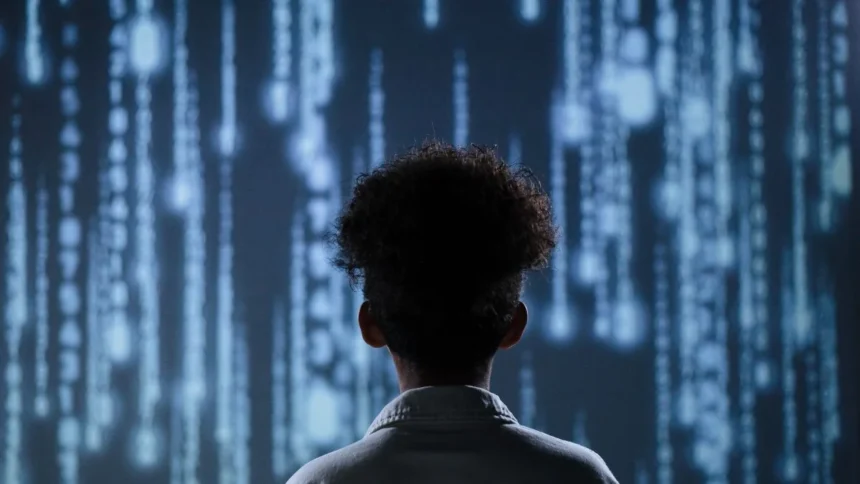In 2025, AI image generators have transformed the way we create, perceive, and engage with art. What began as simple neural network experiments has now blossomed into a sophisticated ecosystem of tools capable of producing photorealistic images, intricate digital paintings, and even emotionally evocative pieces that rival human-made art. As these tools continue to evolve, their impact on industries such as design, marketing, entertainment, and education becomes increasingly profound.
The Rise of AI Image Generators
The journey of AI image generators began with rudimentary style transfer algorithms. Fast forward to 2025, and we now have cutting-edge models like DALL·E 4, Midjourney v7, and Adobe Firefly Pro, which allow users to create stunning visuals from simple text prompts. These systems have drastically reduced the time, cost, and technical skill once required to produce high-quality digital art.
By leveraging generative adversarial networks (GANs), diffusion models, and transformer-based architectures, modern AI image generators can interpret context, understand aesthetics, and even align with specific artistic styles. This advancement has democratized art creation, empowering hobbyists and professionals alike.
Creative Freedom with Precision
One of the most celebrated aspects of AI image generators in 2025 is their precision. Users can specify mood, lighting, color palette, composition, and even the intended emotional impact of an image. Whether you’re designing an ad campaign, illustrating a children’s book, or brainstorming for a game design, AI image generators offer unmatched flexibility and scalability.
Moreover, tools now include interactive feedback loops. Creators can iteratively refine their vision through conversational interfaces or by sketching rough outlines that the generator enhances. This collaborative synergy between human creativity and machine intelligence is redefining the boundaries of visual storytelling.
Ethical Considerations and Challenges
Despite their immense benefits, AI image generators have sparked important discussions around intellectual property, authenticity, and bias. In 2025, more platforms are implementing watermarking systems to indicate AI-generated content. Additionally, legal frameworks are being developed to ensure artists’ rights are protected, particularly when AI models are trained on copyrighted material.
There’s also an ongoing effort to address bias within datasets. Developers are working to ensure that AI image generators reflect diverse cultures, perspectives, and representation without reinforcing stereotypes.
Applications Across Industries
The reach of AI image generators extends far beyond the art world. In marketing, they’re used to generate product mockups, social media content, and dynamic ad creatives. In film and gaming, they serve as pre-visualization tools, enabling directors and developers to conceptualize scenes faster than ever. In education, teachers and researchers use them to create engaging visual aids and simulations.
Even medical imaging and scientific research benefit from AI image generators, which can now model complex biological processes or visualize astronomical data in accessible ways.
The Future of Visual Creation
Looking ahead, the evolution of AI image generators will likely involve deeper personalization, cross-modal integration (e.g., combining audio, video, and text), and even real-time generation for AR and VR experiences. With advancements in neural rendering and multi-agent AI collaboration, we may soon witness AI art that evolves over time, responds to audience feedback, and exists within immersive digital ecosystems.
Conclusion
In 2025, AI image generators are not just tools—they are partners in the creative process. As they continue to evolve, they challenge our understanding of creativity, reshape artistic workflows, and open new doors for expression and innovation. Whether you are an artist, entrepreneur, or curious observer, one thing is clear: the age of AI-powered art is here, and it’s only just beginning.
Get more info: https://www.timelinetale.com/


